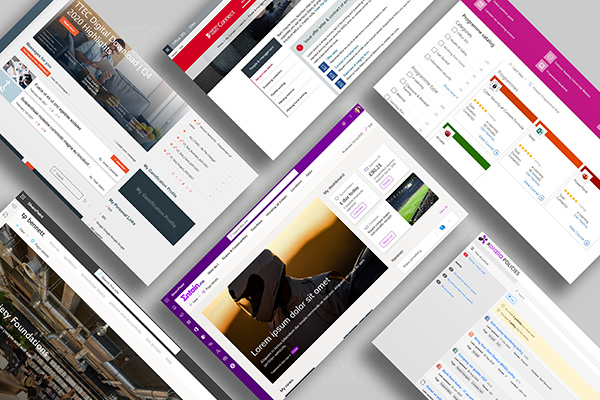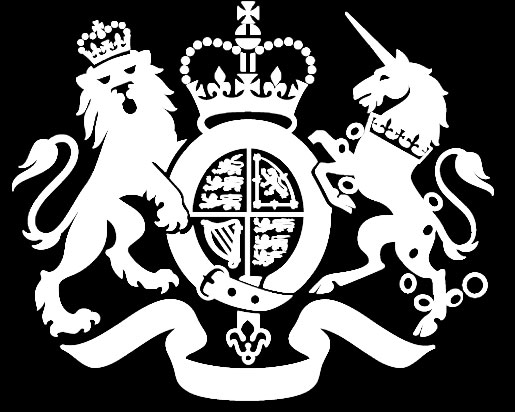Intranet design and architecture.
Ensure your new intranet delivers on both style and substance, with an integrated design and user experience(UX) approach that is strategically formulated to drive user adoption and maximise business value.

At Content Formula, we believe that to achieve a truly successful intranet that keeps users on the site and engaged, in addition to serving information in an intuitive and user-centric way, both design and user experience (UX) elements must come together seamlessly.
We have designed and delivered hundreds of intranet projects that have supported employees in their day-to-day work while helping the organisations they work for realise strategic goals..
We practice a strategic and data-driven approach to planning and designing an intranet. This ensures that we deliver on both the style element, as well as providing functional efficacy.
We use the following four component as the basis points for intranet design and structure.

Information architecture
Information architecture (IA) focuses on organising and structuring content in an effective and sustainable way, whereby users can easily find information and successfully complete tasks.
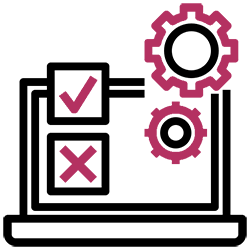
Prototype testing
Intranet prototype testing is the process of testing a proposed structure and layout, to determine whether it provides an effective user experience and to identify any problems and areas for improvement.

Site navigation
Site navigation is the linking structure and hierarchy to which content can be accessed. It provides the pathways in which pages can be found and navigated to.

Graphic design
Graphic design can be the difference between employees occassionally using an intranet for mandatory tasks, or pro-actively using and engaging with it to maximum benefit.
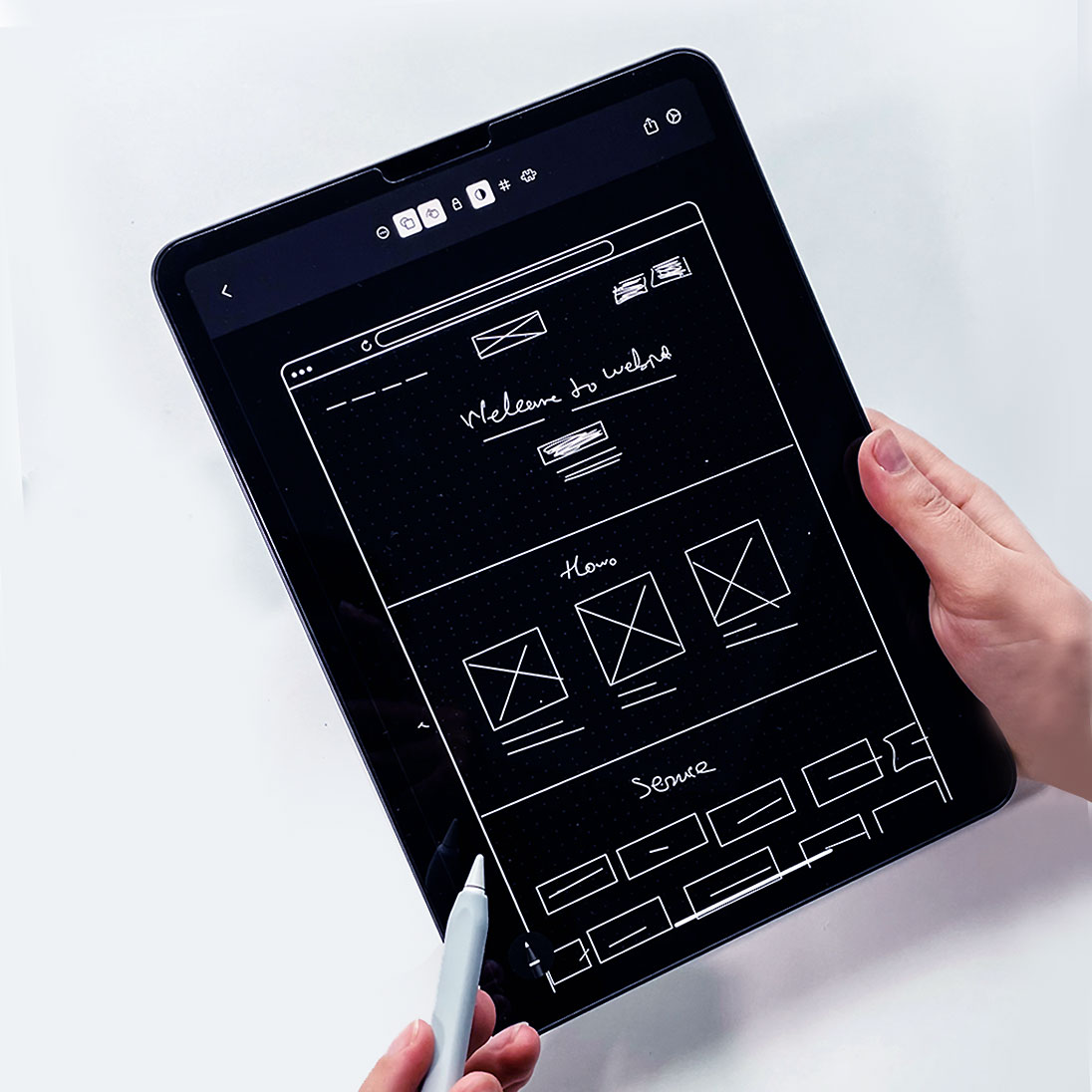
The information architecture, or I.A., is the structuring of information and how the intranet is organised.
Within organisations, there can often be differing opinions and ideas regarding the layout and prioritisation of information, so one of the first tasks we undertake is to find the consensus and create an information architecture which makes sense to as many people as possible.
To understand how different users see the business and how we should organise the information we run a series of card sorting sessions. Card sorting is a design technique that involves users. We write different topics of information on individual cards and then we ask the users to group those cards into logical categories.
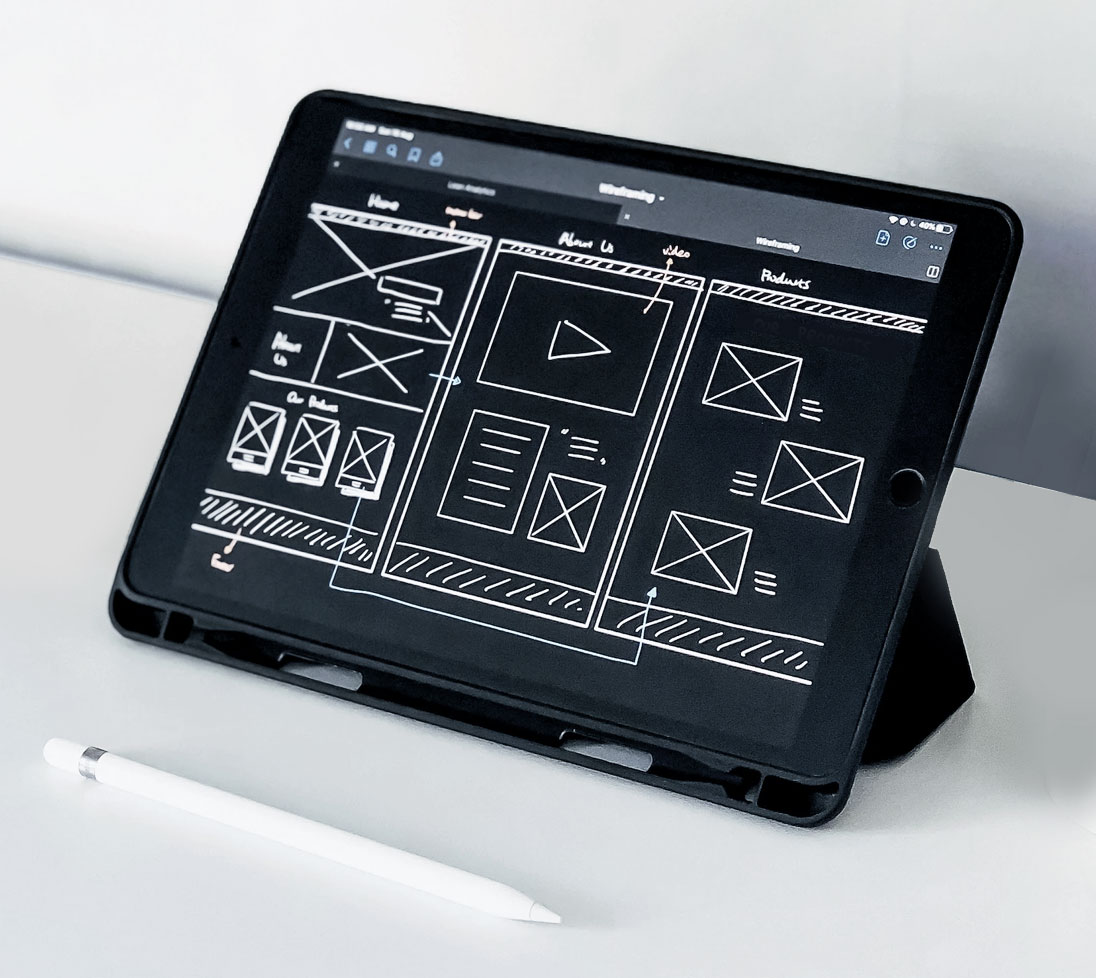
A key purpose of an intranet is to provide the user with an easy and intuitive way to find documents and information, which is why planning the site navigation is one of the first and most importance things to get right when designing a new intranet.
How well the navigation is structured will have a big influence on the success of an intranet. Therefore, rather than just guessing and hoping we get it right, we like to test early on with real users and make sure that our navigation really does make sense. This can all be done before any of the site is built using a technique we use called tree testing.

At Content Formula, we understand that whilst an intranet might look great, it also needs to function well. Which is why we carrying out extensive prototype testing early on in the intranet planning process.
We involve users to test the proposed design and layout of the new intranet by carrying out workshops and interviews and using wire framing software that allows us to create clickable, interactive prototypes. We use these to simulate content, information architecture, page layouts, and even the functionality of a real intranet.
The prototype testing phase gives us an opportunity to revise our wireframes and make sure we fix problems before we move into the build phase. This all saves precious time and money, and helps us to deliver an intranet which is already validated by employees.
The graphic design element of an intranet can play a major role in the success of user adoption.
If an intranet looks attractive and engaging, people are far more likely to spend time on it, trust it and take pride in using it.
At Content Formula, we use the following parameters when designing an intranet:

Even though the intranet is internal facing it should still feel part of the brand to employees. The company should be emitting its corporate values both internally and externally, otherwise the employees won’t identify with them.
When employees use the intranet, and the first thing they see is good design, then they are more likely to assume that other aspects of the intranet will meet the same standards. If however they see poor design, then they are more than likely to assume that the content, the functionality, and the usability of the intranet will be equally poor.
Decorative but purposeless design can distract people from the message that’s being communicated. Instead there should be an emphasis on design that aids the communication of the core message. Design can be used to promote the importance of certain content but also to downplay others.
Just as unnecessary design can add noise to the communication, it can also adversely affect the usability of an intranet. As an example, using large scale graphics can dramatically increase page load times, this is a massive factor for usability on mobile devices. Often the quest for making things unique or different can also cause us to break usability conventions.

At Content Formula, we’ve delivered hundreds of intranet projects and are well known in the industry for our innovative designs.
We understand the importance of creating both an attractive intranet aesthetic in addition to achieving a well functioning and highly adoptive structure.
We offer full intranet design and architectural services, where we can work with you to create either a fresh new look or tailor your intranet to your existing branding.






